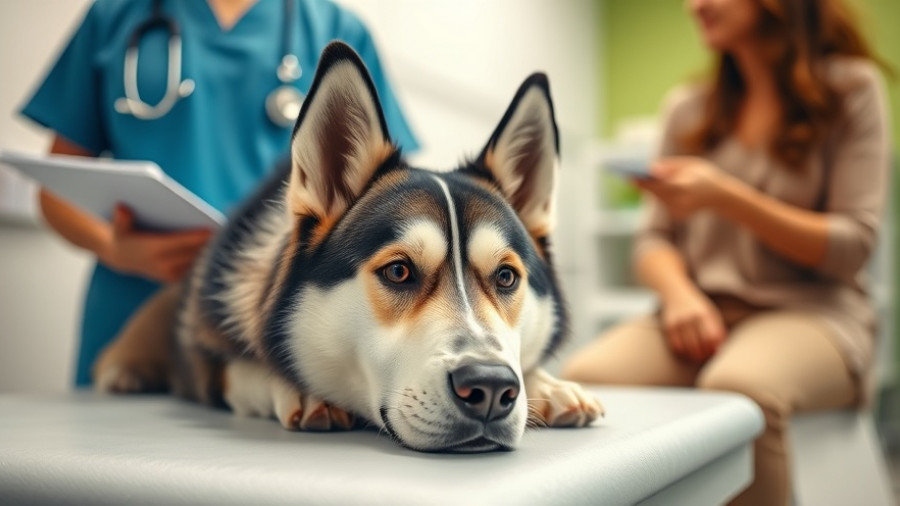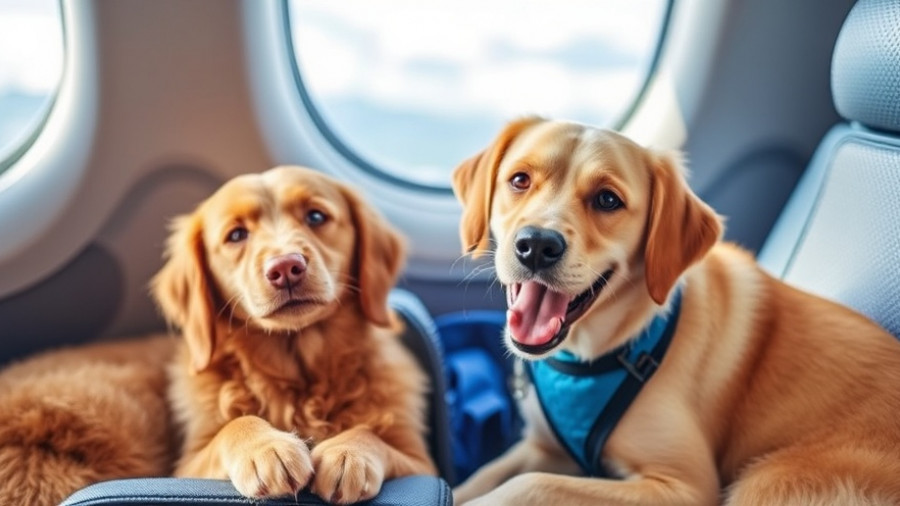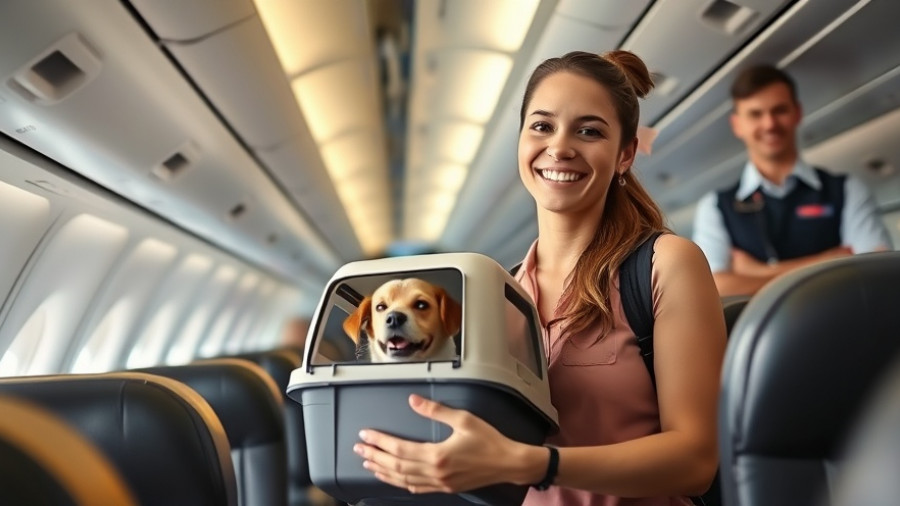
Understanding Pet Ownership Costs in America
Pet ownership brings joy and companionship, but for many, the financial burden of caring for a pet has escalated to alarming levels. Recent reports reveal that the average lifetime cost of owning a dog can exceed $35,000, while cats may set owners back approximately $32,000. As these figures climb, many pet owners find themselves grappling with what has been dubbed 'pet poverty,' where financial constraints dictate their ability to provide adequate care for their furry family members.
The Rise of 'Pet Poverty'
According to a study by MetLife Pet Insurance, one in seven pet owners experiences challenges in meeting basic needs while caring for their pets. This growing segment of 'pet poverty' not only highlights a stark financial divide but raises urgent questions about who can afford the emotional benefits of having a pet. With a significant number of families struggling to cover basic veterinary expenses, many owners report needing to skip treatments out of financial necessity.
Compounding Costs Affecting Pet Owners
The financial strain of pet ownership is driven not only by rising costs of goods and services but also by the increasing complexity of veterinary care. Prices for common procedures can range widely, with average emergency room visits for cats reaching up to $1,850 and dog surgeries similarly costly. This has led many pet owners to a disappointing reality: while loyal pets offer unconditional love, the cost of caring for them is becoming prohibitive for average Americans.
The Veterinary Care Gap
Access to veterinary care is a growing concern, especially for low-income families. A survey revealed that 28% of pet owners experience barriers to veterinary services, with finances overwhelmingly cited as the primary obstacle. In some cases, entire geographic areas lack sufficient veterinary services, creating ‘vet deserts’ that make it challenging for pet owners in these regions to access essential care for their pets.
Understanding 'Economic Euthanasia'
One of the most heartbreaking consequences of pet poverty is 'economic euthanasia,' a term used to describe the decision to put a pet down due to owners being unable to afford necessary treatments. This situation underscores the emotional toll that financial strain can take, with many pet owners facing the dreadful choice between financial ruin and the welfare of their beloved pets.
Rising Pet-Related Debt
The pressures of pet ownership don’t only rest on immediate costs; they often lead to long-term financial difficulties. Recent findings indicate that approximately 20% of pet owners carry pet-related debt, with many fearing that their current pet may be their last due to the costs associated with future medical care. Methods such as crowdfunding for necessary treatments have become more common, highlighting the desperate measures owners are willing to take to save their pets.
The Role of Pet Insurance and Alternative Aid
Many pet owners are turning to pet insurance as a potential solution. However, navigating the complexities of pet insurance can be daunting, with policyholders frequently facing high premiums and unclear coverage details. As pet care costs escalate, initiatives like AlignCare are emerging to create a framework for providing reduced veterinary services for low-income families while ensuring pets receive needed care without crippling debt.
The Emotional Impact of Pet Ownership
Pets serve as a vital source of comfort and emotional support for many families, often becoming integral to their well-being. This emotional importance complicates the decision for families considering giving up or reducing care for their pets due to financial constraints. The bond between pets and their owners transcends monetary considerations, as pets are often seen as family members rather than just animals.
Future Perspectives on Pet Care and Economy
As awareness of pet poverty continues to rise, it is crucial to reevaluate the systems in place to support pet owners. Advocacy groups are beginning to recognize the need for more flexible, inclusive approaches that consider the significance of pets in human lives and aim to create frameworks that provide accessible veterinary care for all income levels. The future of pet ownership may depend on addressing these disparities and ensuring that love for animals doesn’t come at the cost of financial stability.
Conclusion: Taking Action for the Pets We Love
In light of the economic realities many pet owners face, fostering a community awareness about the benefits of accessible veterinary care and financial planning can help mitigate the effects of pet poverty. By advocating for equitable solutions and being proactive in seeking affordable care options, we can work towards a future where pets enrich our lives without inflicting financial distress. Embracing these discussions can lead to a collective effort to ensure every pet remains a cherished family member, regardless of their owner's financial situation.
 Add Row
Add Row  Add
Add 




Write A Comment